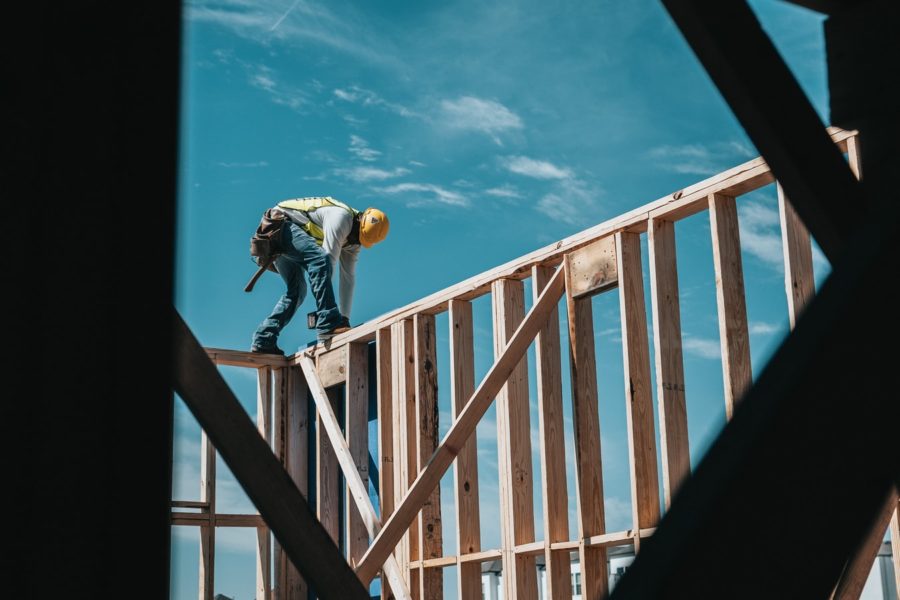Why Lumber And Plywood Prices Are So High And When They Will Come Down–
Prices have jumped through the roof in the U.S.
The following written content by Bill Connerly

Lumber and plywood prices have jumped through the roof in the U.S. Building materials prices will retreat in 2022, returning to pre-pandemic levels by 2023. They reflect housing-specific issues, not general inflation. (The general inflation is coming, I have argued, but lumber is not an early sign.)

Wood products prices typically fluctuate more than most goods, because homebuilding can move up or down much faster than sawmill capacity can. Wood products have other uses that are more stable, such as non-residential construction, crates and pallets, but new housing is the largest usage, followed by home repairs and remodeling, and both of those activities are highly cyclical.
Advertisement
Wood is fairly abundant, in North America, especially in the southern forests. Modern mills are very efficient at turning logs into 2x4s and sheets of plywood. Lumber and plywood prices are so high now because of the short-run dynamics of demand and supply.
Wood demand shot up in the summer of pandemic. Many homeowners were stuck at home, unable to vacation. With time and money on their hands, they headed to the local building supplies dealer for the materials to build decks, playhouses, she-sheds and even additional rooms.
Then in the autumn of 2020, homebuilders cranked up their construction. By December, single family housing starts (seasonally adjusted) hit their highest level since 2006. This activity was driven by cheap mortgages.
All interest rates dropped in the early days of the pandemic. Mortgage rates fell at a slower pace, but eventually 30-year fixed-rate mortgages dropped under three percent, hitting all-time record lows.
The low mortgage rates brought more buyers into the single family real estate market. Working remotely persuaded a few long-time apartment dwellers to buy houses, but the huge impact came from families that had anticipated buying a house in a few years. With extremely low mortgage rates, purchases penciled out in 2020 and 2021. Read more from Forbes.






